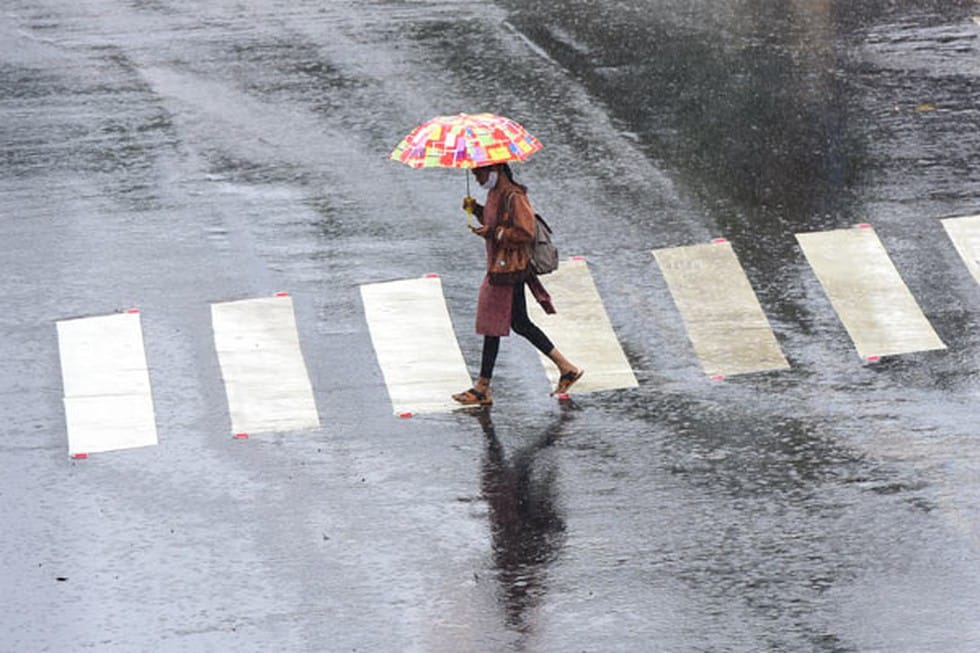Why in news?
- In Delhi, the day temperature settled several notches below normal and the minimum temperature plunged to 4.4 degrees Celsius, the season’s lowest and making the national capital colder than Dharamshala, Nainital and Dehradun.
What is a colour-coded weather warning?
- These are issued by the Indian Meteorological Department (IMD) for explaining the severity of the weather phenomena which has the potential to cause damage, widespread disruption or danger to life.
- These alerts are also issued during floods, depending on the amount of water rising above land/in a river as a result of torrential rainfall. Warnings are updated daily.
- The IMD uses 4 colour codes:
- Green (All is well): No advisory is issued.
- Yellow (Be Aware): Yellow indicates severely bad weather spanning several days. It also suggests that the weather could change for the worse, disrupting day-to-day activities.
- Orange/Amber (Be prepared): The orange alert is issued as a warning of extremely bad weather with the potential of disruption in commute with road and rail closures, and interruption of power supply.
- Red (Take Action): When extremely bad weather conditions are certainly going to disrupt travel and power and have significant risks to life, the red alert is issued.
India Meteorological Department
- It is the main agency responsible for meteorological observations, weather forecasting and seismology in India.
- Nodal Ministry: Ministry of Earth Sciences.
- It operates hundreds of observation stations across India and Antarctica.
- Regional offices are in Chennai, Mumbai, Kolkata, Nagpur, Guwahati and New Delhi.
- It is also one of the six Regional Specialised Meteorological Centres of the World Meteorological Organisation.
- It has the responsibility for forecasting, naming and distributing warnings for tropical cyclones in the Northern Indian Ocean region, including the Malacca Straits, the Bay of Bengal, the Arabian Sea and the Persian Gulf.
Q1) Who publishes the Aridity Anomaly Outlook (AAO) Index?
This Index is Developed by the India Meteorological Department (IMD) which monitors agricultural drought, a situation when rainfall and soil moisture are inadequate to support healthy crop growth till maturity, causing crop stress.
Last updated on June, 2025
→ UPSC Notification 2025 was released on 22nd January 2025.
→ UPSC Prelims Result 2025 is out now for the CSE held on 25 May 2025.
→ UPSC Prelims Question Paper 2025 and Unofficial Prelims Answer Key 2025 are available now.
→ UPSC Calendar 2026 is released on 15th May, 2025.
→ The UPSC Vacancy 2025 were released 1129, out of which 979 were for UPSC CSE and remaining 150 are for UPSC IFoS.
→ UPSC Mains 2025 will be conducted on 22nd August 2025.
→ UPSC Prelims 2026 will be conducted on 24th May, 2026 & UPSC Mains 2026 will be conducted on 21st August 2026.
→ The UPSC Selection Process is of 3 stages-Prelims, Mains and Interview.
→ UPSC Result 2024 is released with latest UPSC Marksheet 2024. Check Now!
→ UPSC Toppers List 2024 is released now. Shakti Dubey is UPSC AIR 1 2024 Topper.
→ Also check Best IAS Coaching in Delhi
























